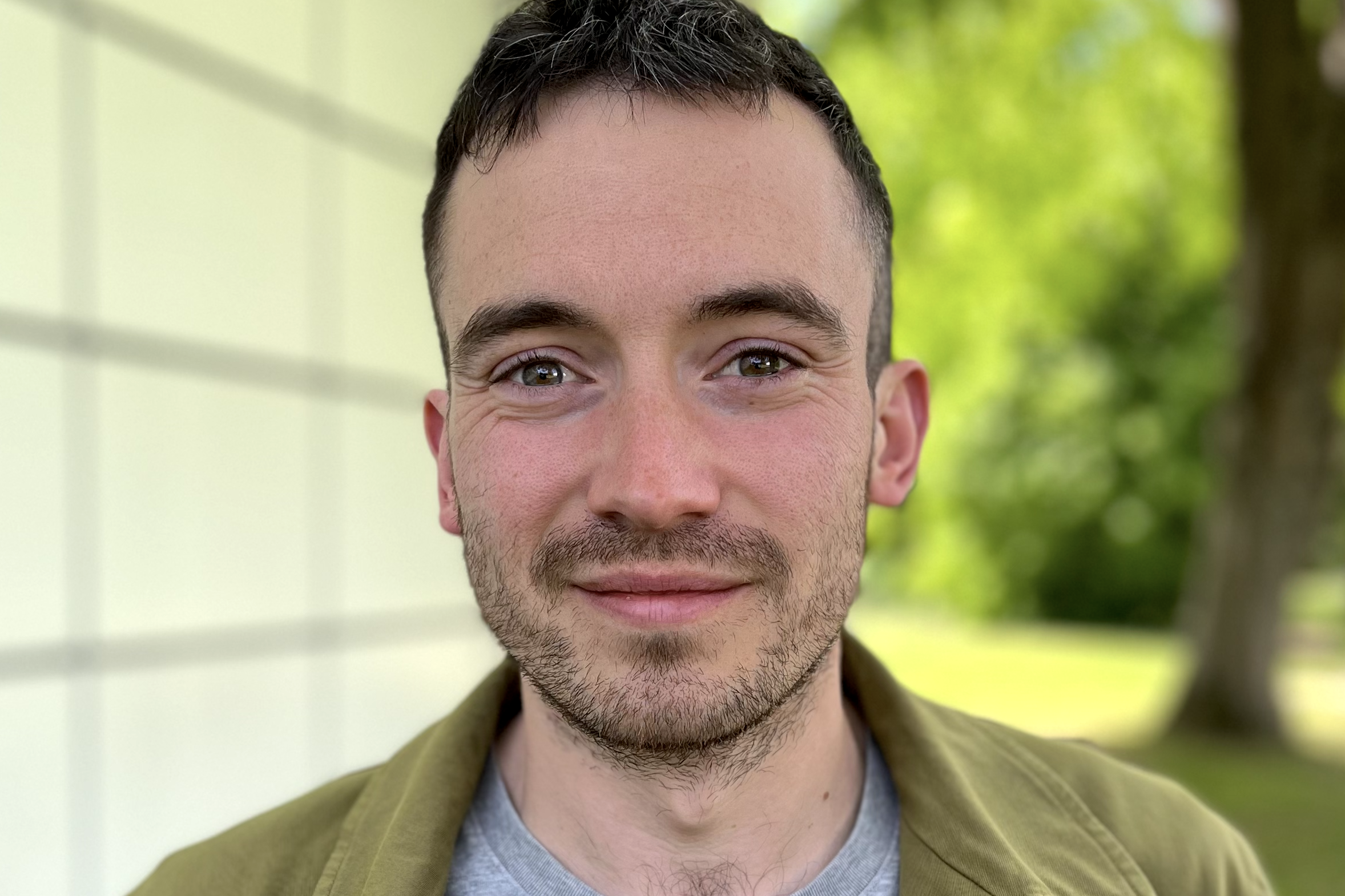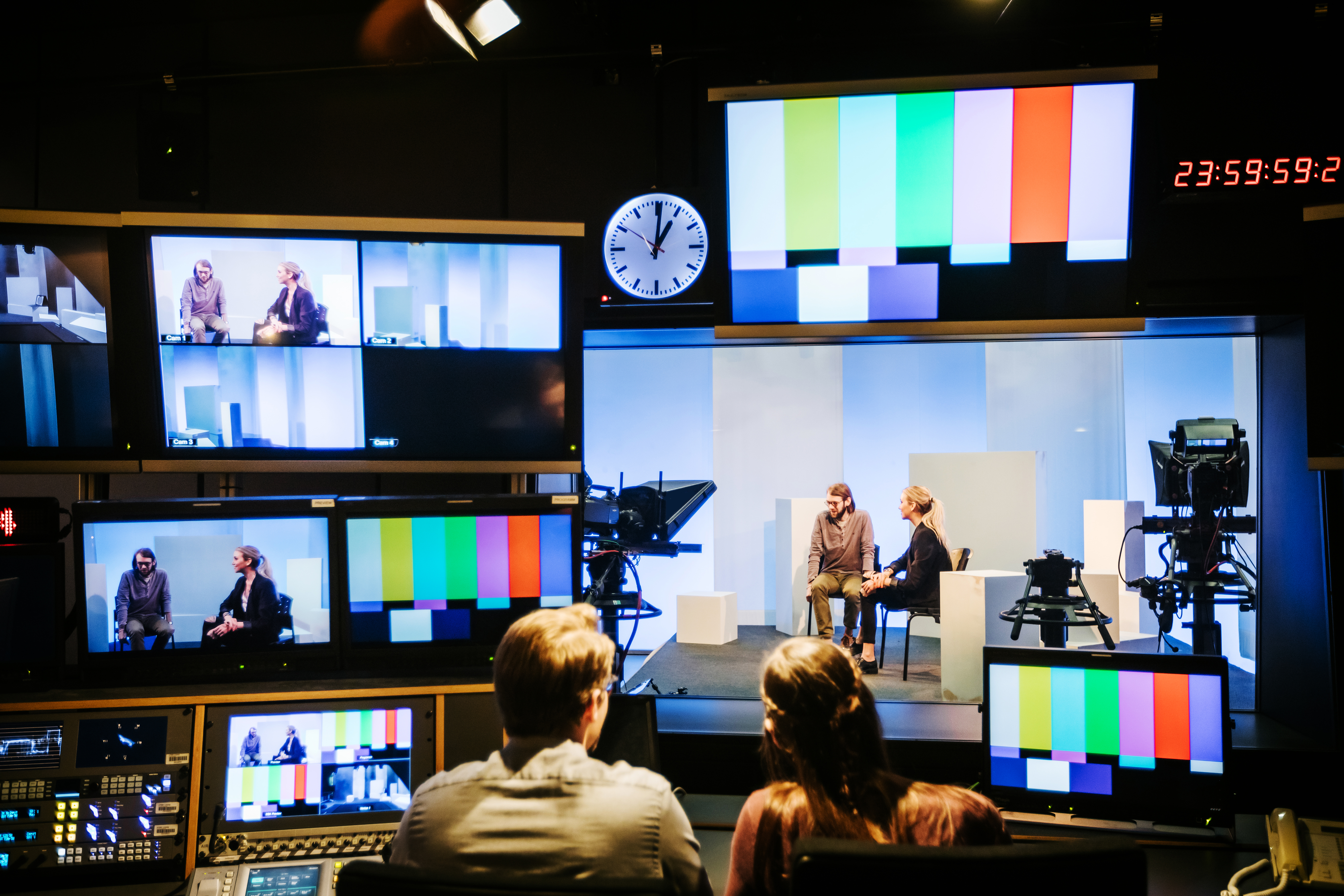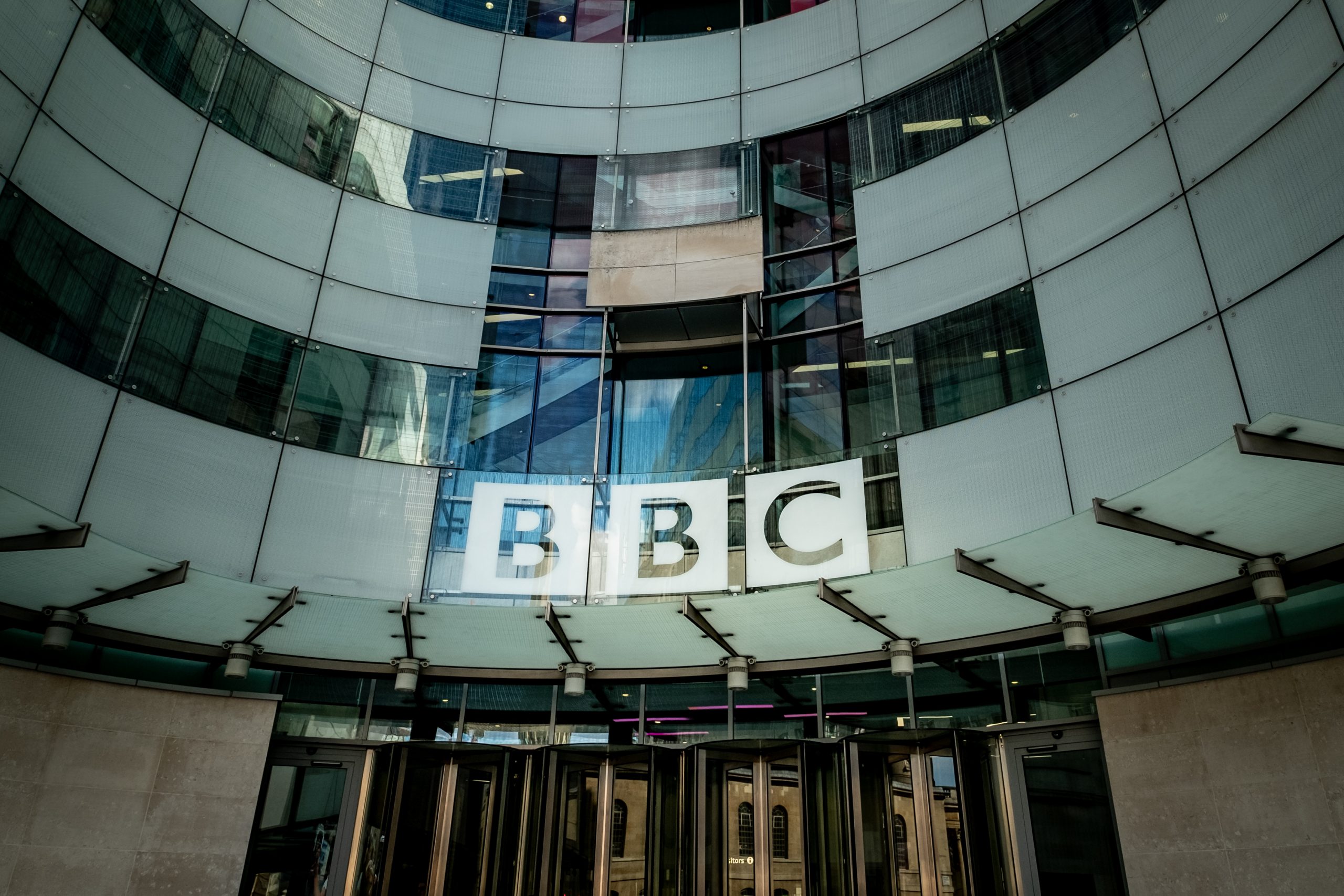INSIGHT
Cilla Benkö on 2023: Stand up for imprisoned journalists
27th December 2022
2022 was a dark year, with more journalists imprisoned than ever before, writes Cilla Benkö, Director General of Swedish Radio and a PMA board member. Iran is one of the very worst culprits. Everyone who believes in a free, democratic and equal world must stand up against the oppression of freedom.
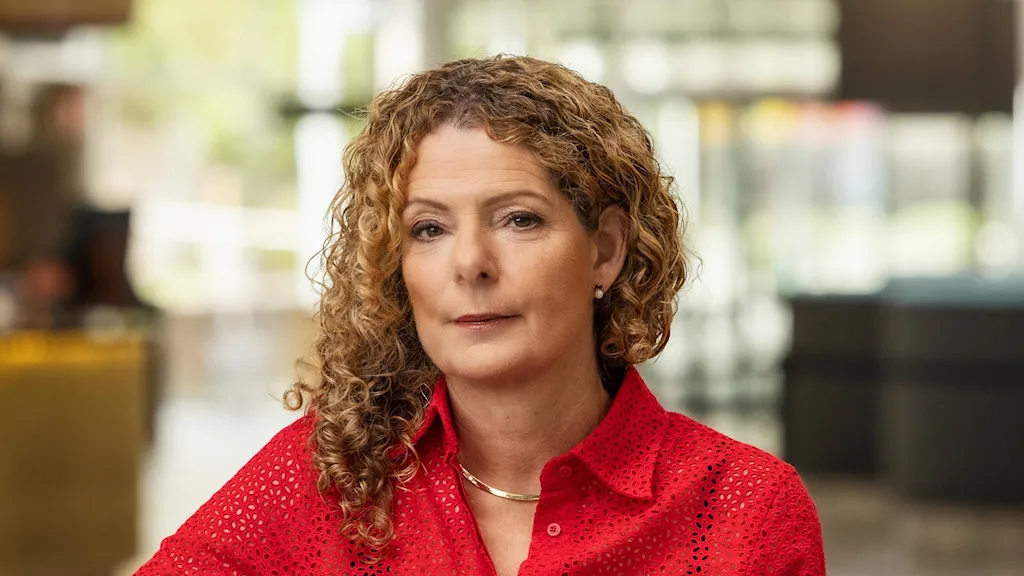
This article was originally published on Aftonbladet and is republished with permission.
By Cilla Benkö, Director General of Swedish Radio
The latest image on Iranian photographer Yalda Moaiery’s Instagram account shows a distraught woman screaming as she tries to get out of a police bus. The photo was uploaded on 16 September but was taken in 2006 in Valiasr Square in Tehran. It was tagged #mahsaamini #iranianwomen #iranianpolice. Three days later, on 19 September, Yalda Moaiery was arrested while covering one of the many demonstrations following the death of Mahsa Amini in Tehran.
Yalda Moaiery has worked for magazines such as Time and Newsweek and the French newspaper Le Monde. She is one of many Iranian journalists currently imprisoned in Iran, one of the countries with the highest number of journalists in prison in 2022, along with others such as China, Myanmar, Turkey and Belarus. Never before have so many journalists been imprisoned worldwide, according to annual summaries by the Committee to Protect Journalists (CPJ) and Reporters Without Borders.
Read more: UN raises ‘grave concern’ with Iran over harassment of BBC News Persian staff
According to CPJ, 363 journalists were in detention on 1 December, 20% more than in 2021. As many as 62 journalists are in prison in Iran. They include the female journalists Niloofar Hamedi and Elahe Mohammadi, who were among the first in Iran to cover and report on the death of Mahsa Amini. Hamedi and Mohammadi are accused of espionage and are alleged to be agents of the CIA, MI6 and Mossad. These accusations may lead to the death penalty.
The Iranian regime’s strategy is clear and has no limits: to silence journalists and to deprive the Iranian people and the world of credible information and important voices.
For a journalist, it is essential to be on the ground and to use your eyes and ears, words and images, to reflect events and developments as far as possible as they actually are. But the reality for journalists in Iran is that the very practice of the profession is a life-and-death struggle. It is therefore incredibly important that, as we observe what is happening, we do not lose sight of our moral compass and stand up for fundamental democratic values. This means raising our voices. It means demanding the immediate release of the imprisoned journalists. It means that there must be rule of law and that journalists must be given the right conditions in which to work.
In May, at a World Press Freedom Day conference at the Swedish Embassy in Washington, I met and spoke to Jason Rezaian, former Tehran bureau chief of the Washington Post, who was falsely accused of espionage in 2015 and imprisoned for 544 days. He knows what it means to be in prison in Iran. Long periods of solitary confinement, never-ending interrogations, show trials. That is now the reality of Yalda Moaiery, Niloofar Hamedi and Elahe Mohammadi. Three women who have just been deprived of their freedom.
Let us hope and work for change in 2023.
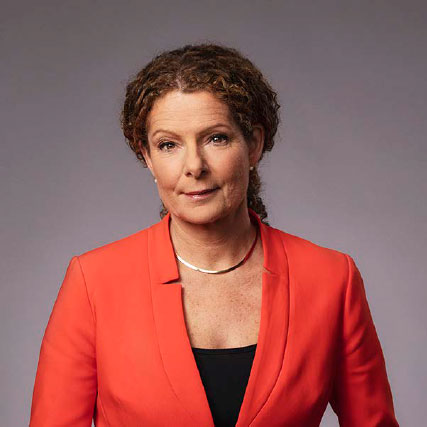
About the author
Cilla Benkö is the Director-General of Swedish Radio, and a board member of the Public Media Alliance.
Our thanks to Ms. Benkö for providing this report. It was originally published on Aftonbladet.
Related Posts
2nd November 2022
Cilla Benkö: The fight for democracy and free speech is a life and death struggle
Swedish Radio's Cilla Benkö, reflects…
9th August 2022
UN raises ‘grave concern’ with Iran over harassment of BBC News Persian staff
The communication was sent by four UN…
